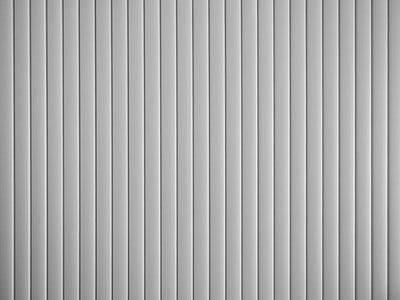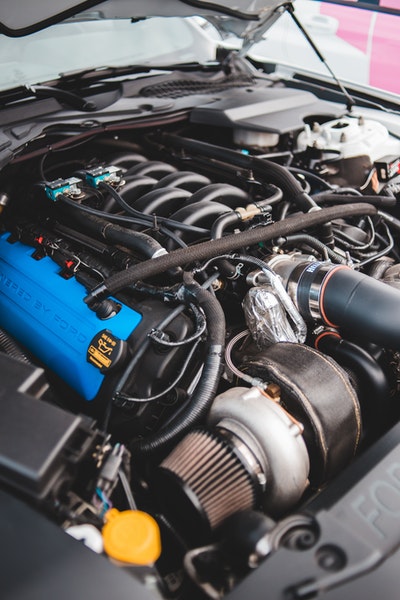Here’s Everything That You Need to Understand About IRS Currently Not Collectible Status

If you own no assets and can no longer pay your living expenses – including your tax debt – then the IRS may be left with no option but to classify you as “currently not collectible”.
This means the will tax collector will temporarily stop all collection activities such as levies and garnishments. However, the taxes are still owed, and interests accrue over time, but they allow you a little breathing space.
Plus, the ten-year statute of limitations keeps counting, so “lucky” tax defaulters may see the clock countdown and never have to settle the tax debt at all.
So Currently Not Collectible (CNC) is the description given to taxpayers that can’t pay out their tax debt without suffering gratuitous financial burdens. Any account classified as CNC doesn’t suffer deductions or collections from the IRS– e.g. levying of assets (or income) – until they are financially stable again.
Remember, however, that while the tax collector must stop all collection activity, it will keep charging interest as well as penalties to your account and may plan to apply any future refunds to your unpaid debt.
What’s more, whether your account has been declared to be in CNC hardship status— most times those with over $10,000 in balances due— the IRS can lawfully file a Notice of Federal Tax Lien (NFTL). Having an NFTL can negatively impact your credit ratings, and your capacity to sell your assets or other property.
Who Qualifies as Currently Not Collectible?
The federal tax collector may change your account tax debt cases into Currently Not Collectible for the following reasons:
- If the agency is not able to locate the defaulter, they will delay payment until they can contact the taxpayer.
- If the defaulter is experiencing a financial storm and the IRS sees no sign they’ll repay any sum of back taxes, they categorize the case below CNC as they hope that your financial status may improve.
After a CNC classification, the IRS frequently reviews your case. If you record an improvement in your financial situation, then they will pick up the collection process from where they left. However, lawfully, the tax collector has up to a max of 10 years to collect from you the tax debt.
Also, the IRS charges penalties (per month) and interest on all unsettled tax debts. A CNC status doesn’t prevent the IRS from pressing penalty and interest charges on your account. So, remember that although you will not have to make tax payments, your tax debt accumulates every month.
And should you show signs of an improving financial situation, the tax collector will hold you responsible for a bigger tax debt.
How Long Tax Collector Have To Collect Taxes?
The IRS has a window of 10 years from the date your case arises after which the taxes can no longer be forced against you.
However, you should note that the ten years can be put off in some instances. For instance; if tax collection was overdue because of the filing of a bankruptcy of an Offer in Compromise which may stretch the period the IRS has to collect taxes beyond the 10-year limit. But accounts in CNC classification does exceed the 10-year window.
What’s the Process of Applying for CNC Status?
You can apply for CNC classification or as an expert like precision tax relief to help you seek it if you feel your financial health is wanting. Here is how to go about it:
Contact the federal tax collector and prove that you can no longer afford per month payments to settle your tax debt and that any collection would cause excessive hardship leaving you unable to sort out your basic living expenses.
Taxpayers can either fill out the IRS Form 433-F (attached with request letter) or call the tax collector.
Requirements for Requesting a CNC Status
- File all tax returns for every year you were expected to do so
- Pay out any due, delinquent returns
- Gather info that will help confirm your spending, income, and debts, like copies of paycheck stumps, monthly income statements, e.g., utility bills, Social Security benefits, child or spousal support, TANF, property tax bills, latest credit card statements, and more.
- Prove to the IRS you deserve a CNC status, by providing all sorts of financial data that will help it make a decision.
- Keep filing your future returns in time, even if you can’t make payment, to avoid late filing fines.
Does CNC Mean I’ve Completely Evaded My Tax Debt?
The straight answer is NO. CNC status doesn’t completely take away your tax debt or mean that the IRS has forgiven your tax debt. A citizen’s tax accounts stay in CNC status only on condition that they cannot manage to make the monthly payments.
The IRS is free to keep trying to collect the debts from you anytime in the future, as long as their annual reviews of your accounts indicate you are capable of paying taxes.
For instance, if the IRS classifies you as CNC at $100,000 and your annual income happens to exceed this amount in the future, then the IRS will believe your financial health is improving, and you can now clear your tax debt.
As a result, your case will be revived and account subjected back to collection again.
Sometimes, the IRS schedules a follow-up date, re-activation date, and a subject to recollection date regardless of any other factors. If by that day the IRS confirms that your ability to pay has increased, it can resume its collection procedures.
Furthermore, if you do not file a tax return or keep letting your back taxes accumulate, the federal tax collector can automatically revive your case for imposition and tax debt collection.
The Bottom Line
Consider expert assistance when seeking out a CNC status if you are not sure where to place your foot. A certified tax professional can assess your fiscal health and explain to you why you qualify or do not qualify for CNC.
What’s more, they’ll assist you with filing any unfiled tax returns and ensure your paperwork indeed reveals your incapacity to pay anything to clear tax debts.






